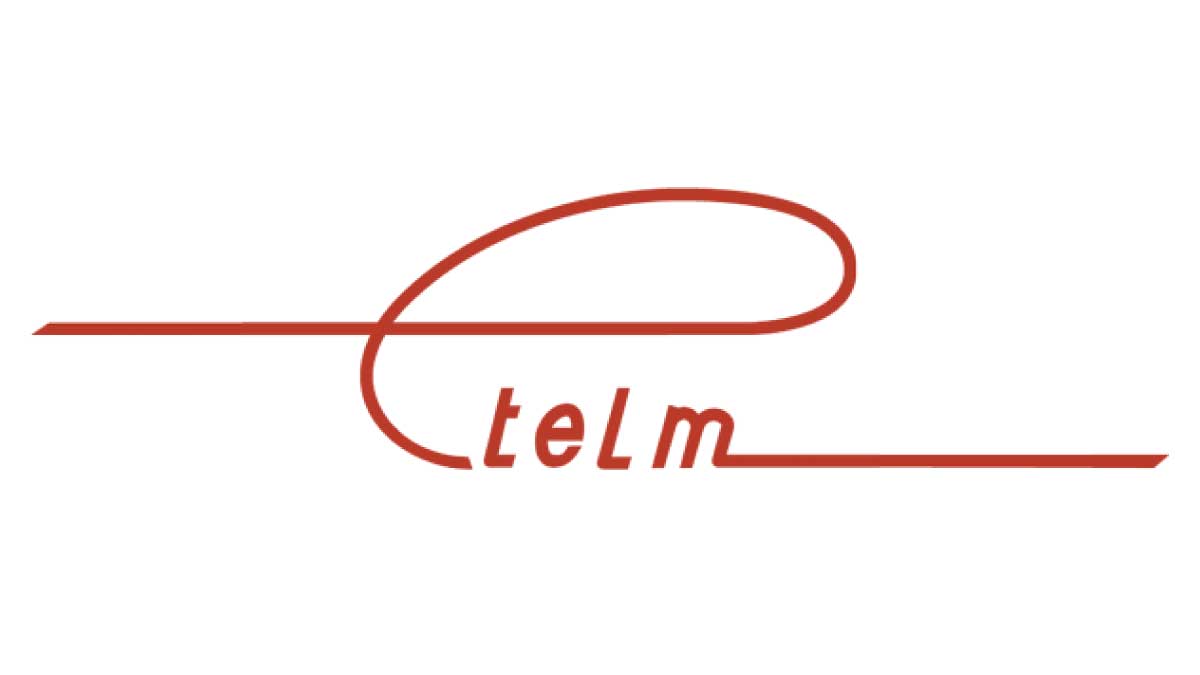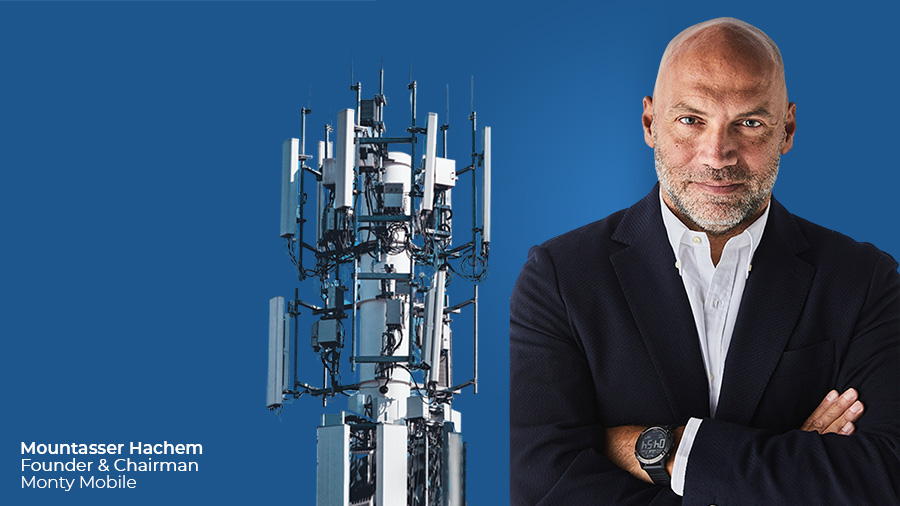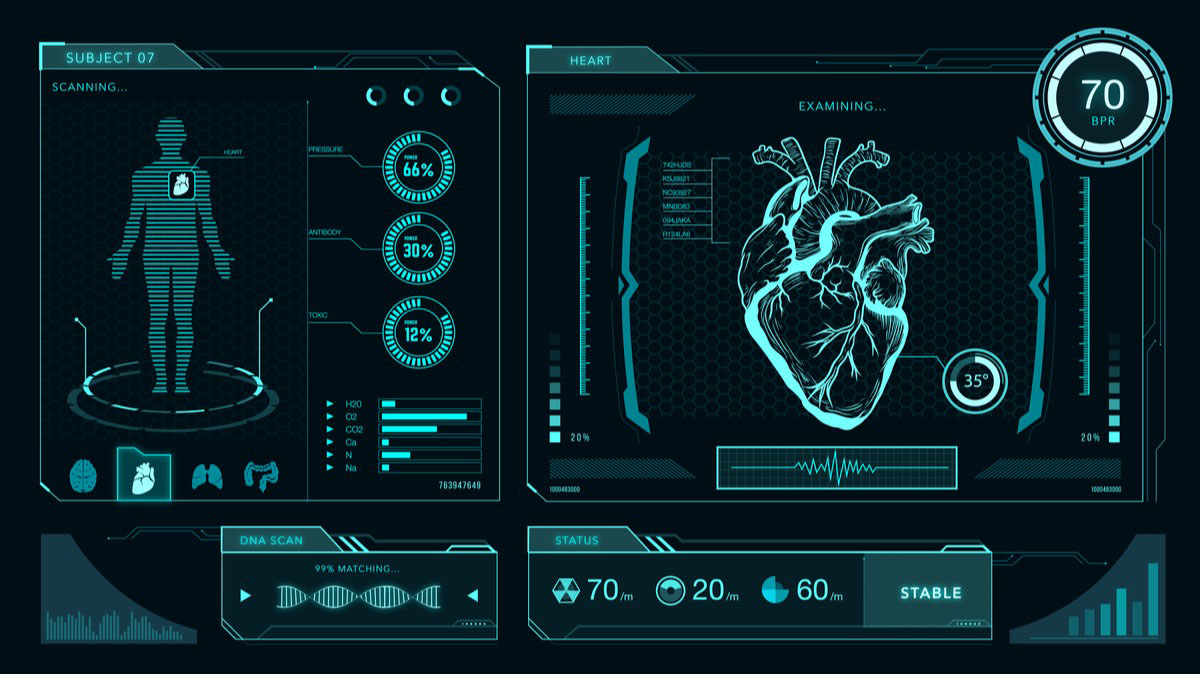Press Releases
ETELM named as partner as development of pan-European LTE network for public protection and disaster relief enters second phase

October 2020: ETELM, the radio communications infrastructure specialist, has entered the second phase of its work with the BroadPort consortium in developing a pan-European interoperable mobile broadband system for Public Protection & Disaster Relief (PPDR) users. The BroadPort consortium is among three consortia awarded the prototype project based on the successful technical concept developed in Phase 1 of BroadWay, an innovative European Pre-Commercial Procurement project.
The BroadWay initiative was created by the public safety agencies from 11 European countries and is operating under the framework of Horizon 2020, a flagship EU research and innovation programme. Collectively, these agencies provide mobile communication services to around 1.4 million responders and deal with an array of crimes and disasters that are not limited to fixed geographical borders.
Where currently each country possesses its own separate system to handle mission-critical communications, the objective of BroadWay is to develop a unified solution that will allow European first responders to communicate, share and access information regardless of the country in which they intervene. This will provide operational mobility for public safety responders across Europe by linking national mission-critical mobile broadband networks to act as one.
By developing a pan-European broadband mobile network for PPDR, public emergency and security services across Europe can achieve seamless interoperability and operational mobility. In turn, this will enable agencies to keep populations safe by allowing them to collaboratively respond to cross-border crimes, natural disasters and public safety incidents more efficiently and with the highest possible levels of continuity and security.
Nicolas Hauswald, CEO of ETELM, said: “We are truly inspired by the ambition of this great project to connect public safety organisations across the continent and create one of the world’s most advanced and secure mission-critical communications networks.
“Our experience in delivering professional radio communications infrastructure over the last 40 years has taught us that a reliable communications system is the key to handle complex transmissions and remove any barriers that could delay a response. We’re delighted to be able to contribute this expertise as part of the BroadPort team that are working towards the removal of ‘barriers’ in pan-European mission-critical communications by leading with innovation.”
He continued: “By offering greater bandwidth and flexibility when it comes to data-rich applications and video, LTE networks enable emergency services, first responders and critical national infrastructure operators to integrate data seamlessly with their voice communications.
“Our agility when responding to fast-developing emergency situations in this way can mean the difference between life and death, so this is a project of immeasurable significance. There’s a great challenge ahead, and we are looking forward to getting stuck in.”
The BroadWay solution prototypes will be tested and evaluated in Spring 2021. After which a subsequent competition will be held where two remaining consortia will be tasked with deploying final pilot systems by Spring 2022 for Phase 3 of the BroadWay project (Pilot Phase).
The full BroadPort consortium, led by Frequentis, consists of the following partners: ETELM, Crosscall, Halys, Municipality of Málaga, Nemergent Solutions SL, and Universidad de Málaga. The subcontractors are Arico Technologies, Eutelsat SA, PrioCom B.V., Telefónica I+D, T-Mobile Netherlands B.V., and Virtual Fort Knox AG.
Press Releases
Monty Mobile: The First Company in the Middle East & Africa to Provide 5G End-to-End Solutions for Telcos

Monty Mobile provides an in-house, cost-effective, well-optimized 4G+ and 5G end-to-end wireless solution serving both small and large-scale mobile and fixed operators targeting both urban and rural areas.
Moreover, operators are offered flexible payment plans for up to 5 years, first payment after 3 years, helping them stay ahead of their competitors.
This on- cloud solution guarantees improved scalability, mobility and security in addition to great savings on both CapEx and OpEx.
With this solution, Monty Mobile is introducing an alternative to Tier1 Telecom Suppliers such as Ericsson, Huawei, Nokia, and ZTE.
“The best is yet to come; stay connected!”, says Mountasser Hachem, Founder & Chairman of Monty Mobile.
More details regarding this full end-to-end solution will be disclosed in the Inside Telecom magazine next month in an exclusive interview.
Press Releases
Africa’s Leading Independent Telecommunications Services Provider, Phase3 Telecom moves onto Digital Connectivity Enterprise in Nigeria and West African Sub-region

The upgrades will cover security features, performance enhancements. agile update capacity and quality delivery mechanisms.
ABUJA, Nigeria, March 10, 2022: Africa’s leading independent aerial fiber optic network infrastructure and telecommunications services provider, Phase3 Telecom, is enabling advanced digital connectivity, improved performance and enhanced network security for enterprise. This drive is targeted at cost efficient and unified network endpoint management for businesses in Nigeria and the West African sub-region.
This development is also designed to amplify Phase3 enterprise value active network deployments for MSMEs, large scale corporates and institutions.
According to the company’s executive chairman – Stanley Jegede, “this expansive service optimization is targeted at improved coverage on Phase3 network routes through Africa as well as to assure solutions that help businesses transform and scale seamlessly.
He says, “Phase3 current network upgrades is an ongoing exercise and will cover security features, performance enhancements, agile update capacity, and quality delivery mechanisms for enterprise segments. Especially in the areas of productive work-from-anywhere or do-business-from-anywhere and digitized remote connectivity solutions”.
In addition to the company’s focus to increase enterprise based networks data handling capacity and their capability to access data within dissimilar sources faster vis-a-vis smarter, as today’s global clime demands.
Jegede, in his concluding statement says, “Phase3 layered digital capabilities will both enhance Phase3 network architecture and compliment legacy connectivity service experience in remote locations with significant Phase3 presence and network access points.
About Phase3 telecom
Phase3 Telecom is a leading independent fiber optic infrastructure with Points-of-Presence (POPs), colocation, and NOCs in Nigeria. Issued a National Long Distance Operator (NLDO) license in 2003 by the Nigerian Communications Commission (NCC), and with a vibrant as well as a dedicated team of experienced professionals, we are the network of choice for high-performance, data-intensive and low latency connectivity that span dedicated internet access, MPLS VPN, metro ethernet, wide area network solutions etc. We currently operate across the ECOWAS region and international markets through strategic partnerships that allow us to connect our clients across 400 cities worldwide. And ours is an extensive and secure network with end-to-end capabilities that service providers and businesses can rely on to scale, manage costs and assure efficiency. As our network continues to evolve into other layered service streams, including cloud-based and network security solutions – our invaluable clients will continue to remain the core of every investment that we make; innovation that we create; and technology that we adopt during the 4th industrial revolution to position us as the network of the future.
Press Releases
Digital Therapeutics Revenue from Health Insurers to Reach $8 Billion Globally by 2026

Hampshire, UK – 14th March 2022: A new study from Juniper Research has found that digital therapeutics revenue from health insurers will increase to $8 billion by 2026, up from $1.1 billion in 2022; representing a growth of 610 percent over the next four years. Digital therapeutics are clinically validated software programs for the treatment of chronic medical conditions, either independently or in conjunction with other therapies.
The report found that digital therapeutics facilitate the proactive mitigation of chronic medical conditions before they require costly interventions; enabling health insurers to reduce long-term costs per patient. However, it highlighted that these savings will be limited to health insurers in developed regions, where consumer devices and digitalized health infrastructure are ubiquitous. As such, it noted that health insurers in Africa and Latin America will contribute less than 2 percent towards health insurer-led digital therapeutics revenue in 2026.
A new research, Digital Therapeutics & Wellness: Key Trends, Business Models & Market Forecasts 2022-2026, identified that insurers will also benefit from an ongoing shift among digital therapeutics vendors towards engagement- and results-based payments. It recommends that therapeutics providers looking to leverage this trend prioritize the development of performance benchmarks, as demonstrating improvement and preventing patient abandonment will become a direct monetary issue.
Machine Learning to Move into Advisory Role as Liability Issues Emerge
The report forecasts that the number of people using digital therapeutics will increase by 381% over the next four years, and recognizes that machine learning will be key to this growth by facilitating advanced data analytics, remote patient monitoring, and real-time conversational coaching. However, it cautioned that an ongoing lack of standards surrounding the use of machine learning within digital therapeutics will result in vendors limiting its role in their offerings.
Research author Adam Wears explained: “As developers and healthcare providers increasingly grapple with issues of liability and malpractice, machine learning will transition from a patient-facing role to a diagnostic tool offered through provider-facing dashboards; to be used by clinicians and specialists in a manner akin to traditional computer-aided diagnostics.”











